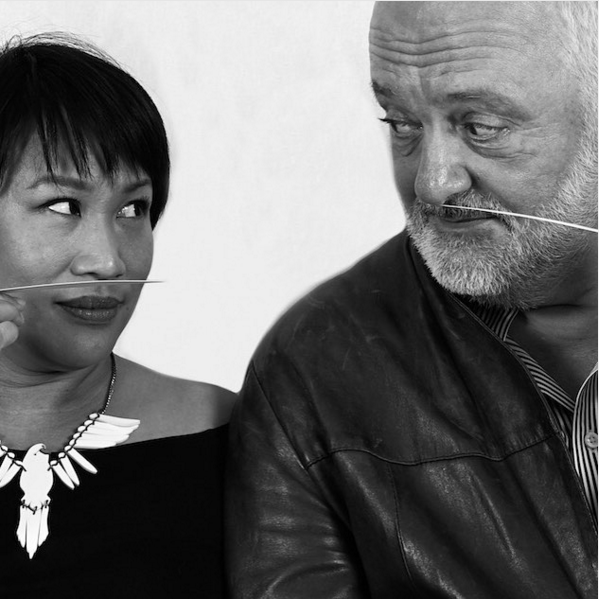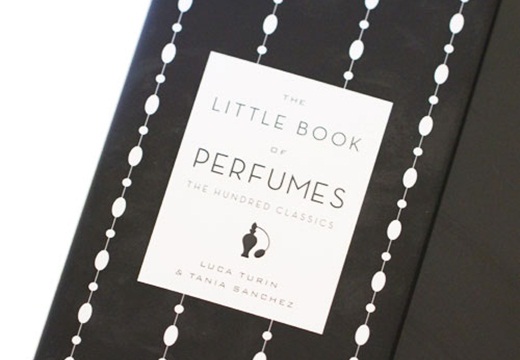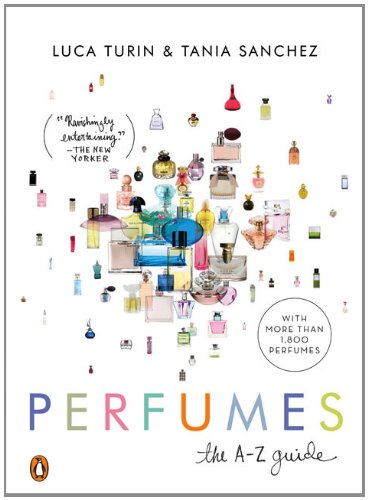
Their basic conclusion is that untrained subjects cannot tell a particular pair of isotopes apart when smelling them at a particular concentration. Their article is a valuable scientific contribution to the continuing debate as to whether we smell shape or vibration. A lot of progress has also been made on the practical (odor prediction) side, particularly in connection with predicting odorant intensity.Ĭan you comment on the experiments done last year by Vosshall & Keller at Rockefeller University that failed to find any evidence for vibration theory? All is detailed in my article "Rational Odorant Design" which can be downloaded from the Flexitral website. The state of the art has moved on, though the main points remain unchanged.

Have your theories about how smell works changed since then, and if so, how? There is a longer article on current theories of olfaction on the Leffingwell site. vibration in this article on Olfaction (link no longer working, sorry!). If you are not familiar with his theory, you can read a very brief background on shape vs.

His theory of smell first gained widespread notice through the BBC documentary The Code in the Nose, and was later the subject of Chandler Burr's 2002 book The Emperor of Scent. It became the bestselling perfume guide in France, and for many of us, it remains the gold standard of intelligent writing about perfume.

The first edition of his Parfums: Le Guide was published in 1992, and quickly brought him to the attention of perfume fans and perfumers alike. For the true perfume fanatic, Luca Turin needs no introduction.


 0 kommentar(er)
0 kommentar(er)
